Optimization Method for Energy Consumption in Data Acquisition Assisted by UAV Swarms
-
摘要: 针对无线传感器网络(WSN)中数据采集的安全性和能耗问题,该文提出一种无人机(UAV)群辅助的数据采集能耗优化方法。该方法通过优化无人机的数量、高度和WSN中数据传输数量降低系统总能耗。首先,针对WSN数据采集,提出一种基于信誉值的数据双层压缩(RDCC)算法。该算法根据地理位置将传感器分簇,簇内传感器分为簇头和簇成员,簇成员负责训练预测模型并发送给簇头;簇头则负责模型的筛选、聚合以及信誉值更新,并将聚合结果发送给无人机;其次,针对无人机群数据收集,提出一种无人机优化部署算法,该算法将无人机部署问题转化为圆包装问题,通过动态调整无人机数量,最小化无人机群网络总能耗;同时,针对数据采集过程,在无人机群建立了私有区块链用于存储采集数据,保证了数据的安全性;最后,基于伯克利大学联合研究实验室数据集对所提方法进行验证,仿真结果表明该方法能实现无人机的最优部署,同时具有误差小、能耗低及安全性高的优势。Abstract: To ensure security and reduce energy consumption for data acquisition in Wireless Sensor Network (WSN), Unmanned Aerial Vehicle (UAV) swarms-aided energy consumption optimization for data acquisition algorithm is proposed. The total energy consumption of the system is reduced by optimizing the number of UAVs, the height and the number of data transmissions in the WSN according to this algorithm. Firstly, for data acquisition in WSN, a Reputation baseD Data Dual Compression (RDDC) algorithm is proposed, which divides sensors into clusters according to geographic locations. In a cluster, there are one cluster head which is responsible for model selection, aggregation, and reputation update, and several cluster members which are responsible for training the prediction model and send it to the cluster head. Secondly, a UAV deployment optimization algorithm is proposed to minimize energy consumption of UAV swarms, which is transformed into a circular packing problem and solved by dynamically adjusting the number of UAVs. Moreover, a private blockchain is enabled in the UAV swarm to improve the security of the data acquisition process. Finally, the proposed method is verified by Berkeley Research Laboratory dataset and simulation results show that this method could optimize the deployment of UAVs, achieve small error, low energy consumption and high security.
-
算法1 CM层中的数据压缩算法 (1)输入:可容忍误差$\varepsilon $;$l$个感知值${x_{si}},i \in \{ 1,2,\cdots,l\} $ (2)初始化:${T_{{\rm{count}}} } = 0$ ;时隙${t_d}$的模型参数$({t_s},l,{a_s},{b_s})$ (3)for $i = 1:l$ (4)//计算${T_{{\rm{count}}} }$ (5) if $\left| {{x_{si}} - ai - b} \right| > \varepsilon $ (6) ${T_{{\rm{count}}} } = {T_{{\rm{count}}} } + 1$; (7)end (8)if ${T_{{\rm{count}}} } \ge \mu$ (9) 根据式(10)和式(11)计算新预测模型; (10) 更新模型参数并发送给CH; (11)缓存时隙${t_{d + 1}}$的感知值,并回到1; (12)end 表 1 总覆盖半径
${R_c}$ 时UAV数量、覆盖半径和覆盖率的关系UAV数量 覆盖半径 覆盖率 1 ${R_c}$ 1.000 2 0.500${R_c}$ 0.500 3 0.464${R_c}$ 0.646 4 0.413${R_c}$ 0.686 5 0.370${R_c}$ 0.685 6 0.333${R_c}$ 0.667 7 0.322${R_c}$ 0.778 8 0.302${R_c}$ 0.733 9 0.297${R_c}$ 0.689 10 0.280${R_c}$ 0.687 11 0.270${R_c}$ 0.789 表 2 网络模型参数设置
符号 描述 取值 $(\eta {}_{{\rm{LoS}}},\eta {}_{{\rm{NLoS}}})$ 平均附加损失对 $(1,20)$ $(a,b)$ S曲线参数 $(11.9,0.13)$ $f$ 载波频率 2000 MHz $c$ 光速 $3 \times {10^8}$m/s $ P_{\min }^r $ 最小接收功率 –30 dBm ${B_{m,k}}$ 上行带宽 10 MHz -
[1] FEKIH M A, BECHKIT W, RIVANO H, et al. Participatory air quality and urban heat Islands monitoring system[J]. IEEE Transactions on Instrumentation and Measurement, 2021, 70: 1–14. doi: 10.1109/TIM.2020.3034987 [2] PACHARANEY U S and GUPTA R K. Clustering and compressive data gathering in wireless sensor network[J]. Wireless Personal Communications, 2019, 109(2): 1311–1331. doi: 10.1007/s11277-019-06614-5 [3] DAS S N, MISRA S, WOLFINGER B E, et al. Temporal-correlation-aware dynamic self-management of wireless sensor networks[J]. IEEE Transactions on Industrial Informatics, 2016, 12(6): 2127–2138. doi: 10.1109/TII.2016.2594758 [4] TOLANI M, SUNNY, and SINGH R K. Lifetime improvement of wireless sensor network by information sensitive aggregation method for railway condition monitoring[J]. Ad Hoc Networks, 2019, 87: 128–145. doi: 10.1016/j.adhoc.2018.11.009 [5] BAEK J, HAN S I, and HAN Y. Energy-efficient UAV routing for wireless sensor networks[J]. IEEE Transactions on Vehicular Technology, 2020, 69(2): 1741–1750. doi: 10.1109/TVT.2019.2959808 [6] POPESCU D, STOICAN F, STAMATESCU G, et al. Advanced UAV–WSN system for intelligent monitoring in precision agriculture[J]. Sensors, 2020, 20(3): 817. doi: 10.3390/s20030817 [7] XU Xiaobin, ZHAO Hui, YAO Haipeng, et al. A Blockchain-enabled energy-efficient data collection system for UAV-assisted IoT[J]. IEEE Internet of Things Journal, 2021, 8(4): 2431–2443. doi: 10.1109/JIOT.2020.3030080 [8] LI Gang, HE Bin, WANG Zhipeng, et al. Blockchain-enhanced spatiotemporal data aggregation for UAV-assisted wireless sensor networks[J]. IEEE Transactions on Industrial Informatics, 2022, 18(7): 4520–4530. doi: 10.1109/TII.2021.3120973 [9] YOUSSEF S B H, REKHIS S, and BOUDRIGA N. A blockchain based secure IoT solution for the dam surveillance[C]. IEEE Wireless Communications and Networking Conference (WCNC), Marrakesh, Morocco, 2019: 1–6. [10] AL-HOURANI A, KANDEEPAN S, and JAMALIPOUR A. Modeling air-to-ground path loss for low altitude platforms in urban environments[C]. IEEE Global Communications Conference, Austin, USA, 2014: 2898–2904. [11] GÁSPÁR Z and TARNAI T. Upper bound of density for packing of equal circles in special domains in the plane[J]. Periodica Polytechnica Civil Engineering, 2000, 44(1): 13–32. [12] GRANDI F. On the analysis of bloom filters[J]. Information Processing Letters, 2018, 129: 35–39. doi: 10.1016/j.ipl.2017.09.004 [13] POLASTRE J, SZEWCZYK R, and CULLER D. Telos: Enabling ultra-low power wireless research[C]. IPSN 2005. Fourth International Symposium on Information Processing in Sensor Networks, 2005, Boise, USA, 2005: 364–369. [14] RAZA U, CAMERRA A, MURPHY A L, et al. Practical data prediction for real-world wireless sensor networks[J]. IEEE Transactions on Knowledge and Data Engineering, 2015, 27(8): 2231–2244. doi: 10.1109/TKDE.2015.2411594 [15] 王雷春, 马传香. 传感器网络中一种基于一元线性回归模型的空时数据压缩算法[J]. 电子与信息学报, 2010, 32(3): 755–758. doi: 10.3724/SP.J.1146.2009.00704WANG Leichun and MA Chuanxiang. A one-dimensional linear regression model based spatial and temporal data compression algorithm for wireless sensor networks[J]. Journal of Electronics &Information Technology, 2010, 32(3): 755–758. doi: 10.3724/SP.J.1146.2009.00704 -





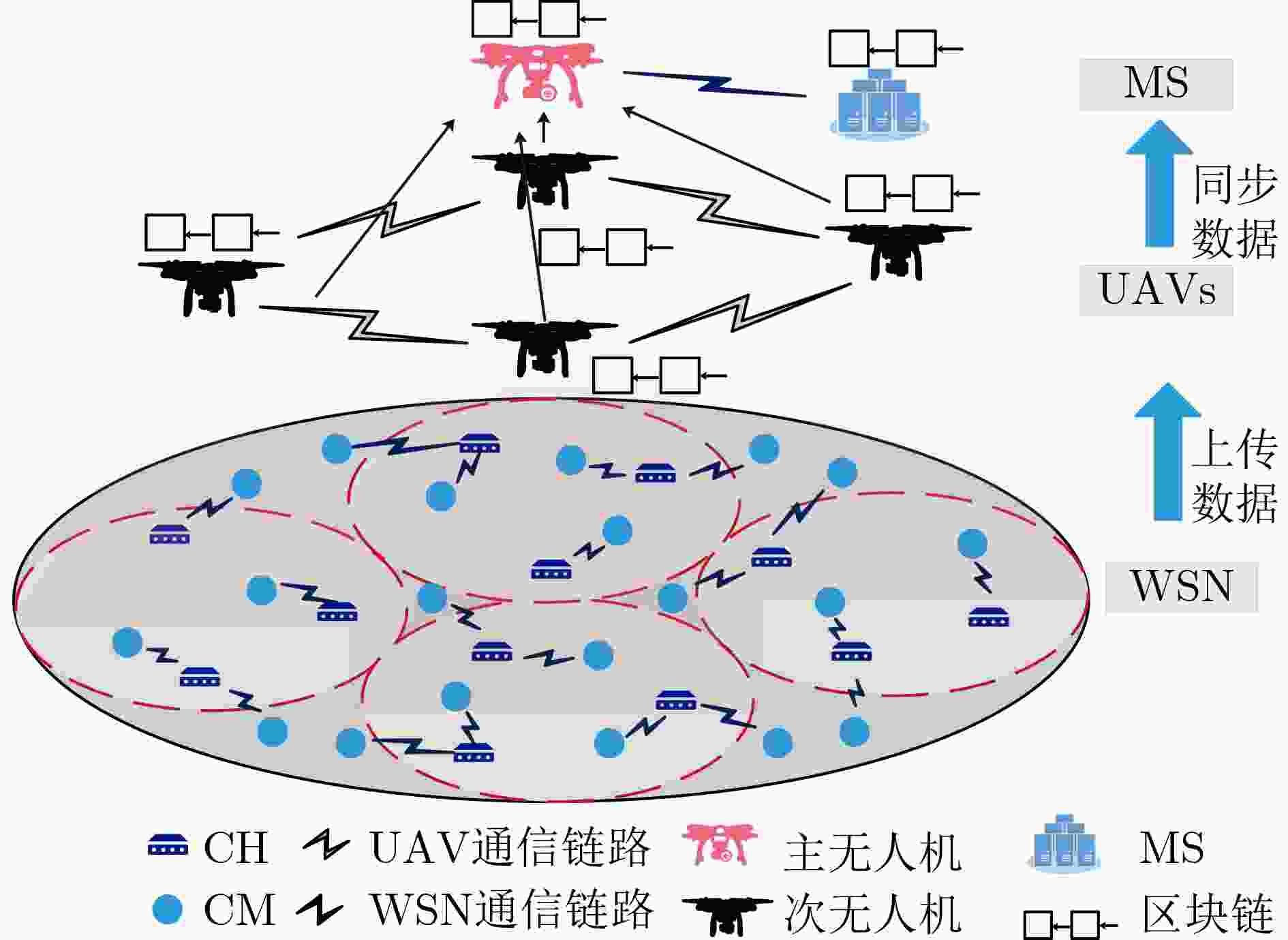
 下载:
下载:


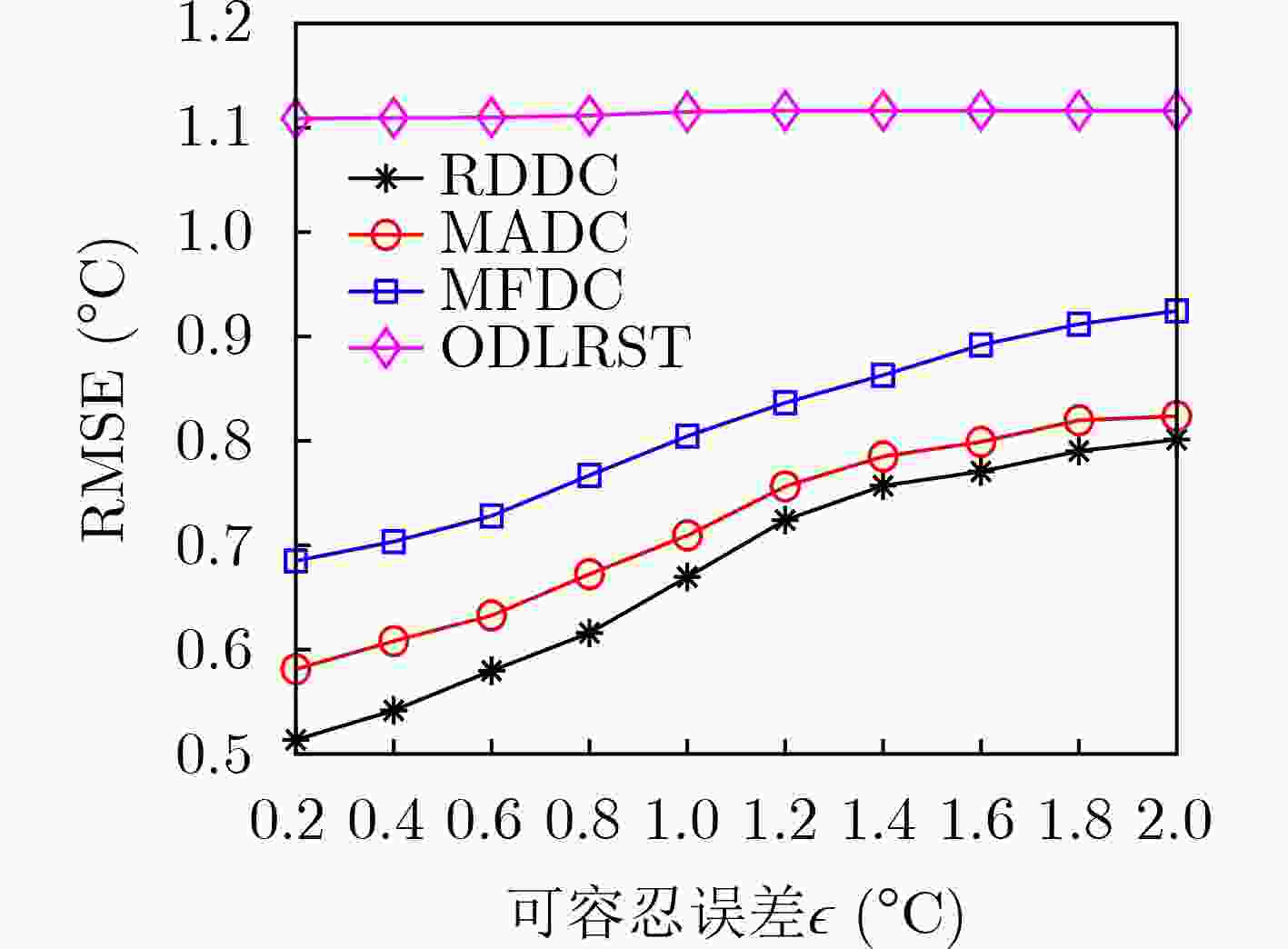
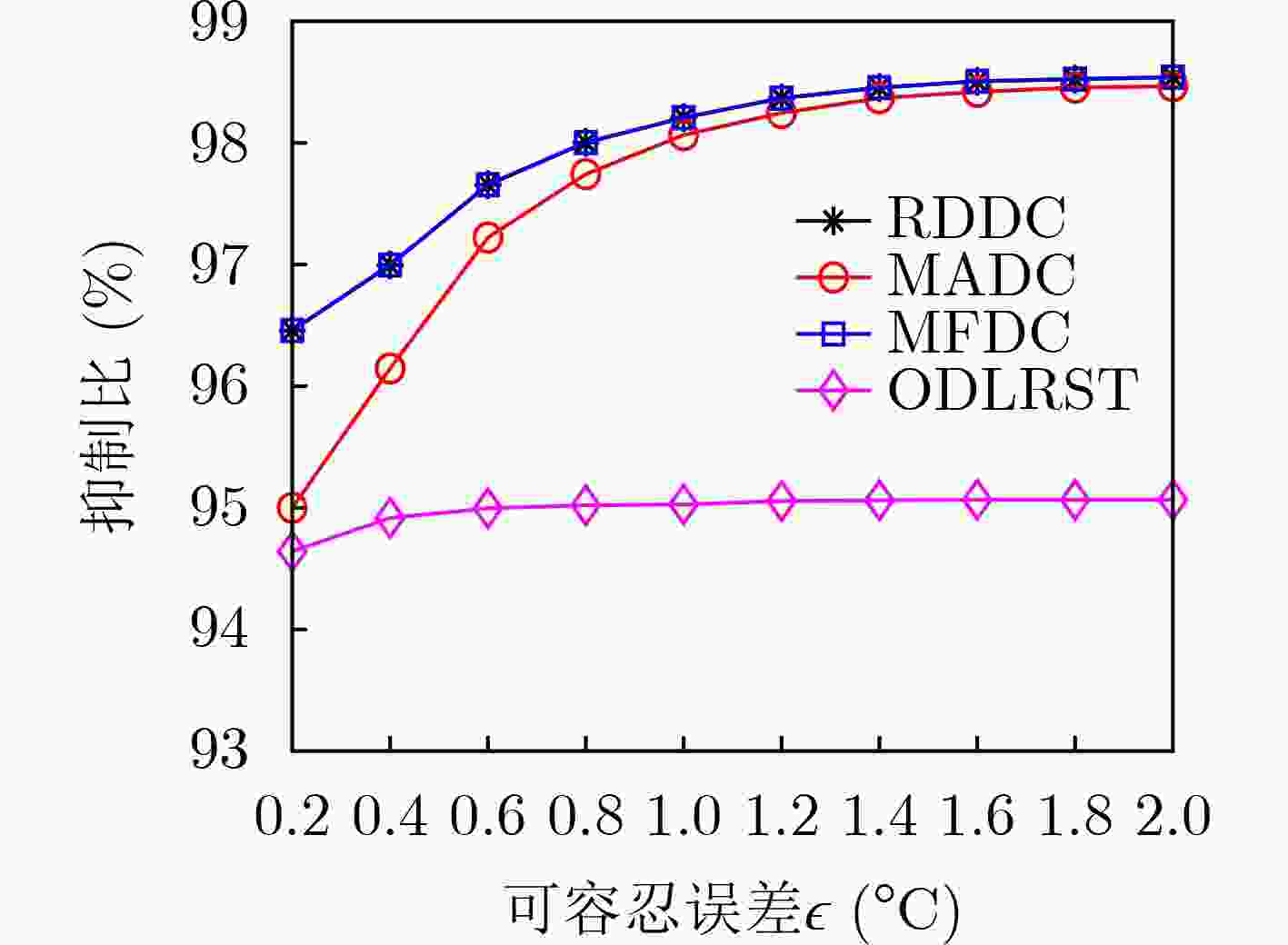
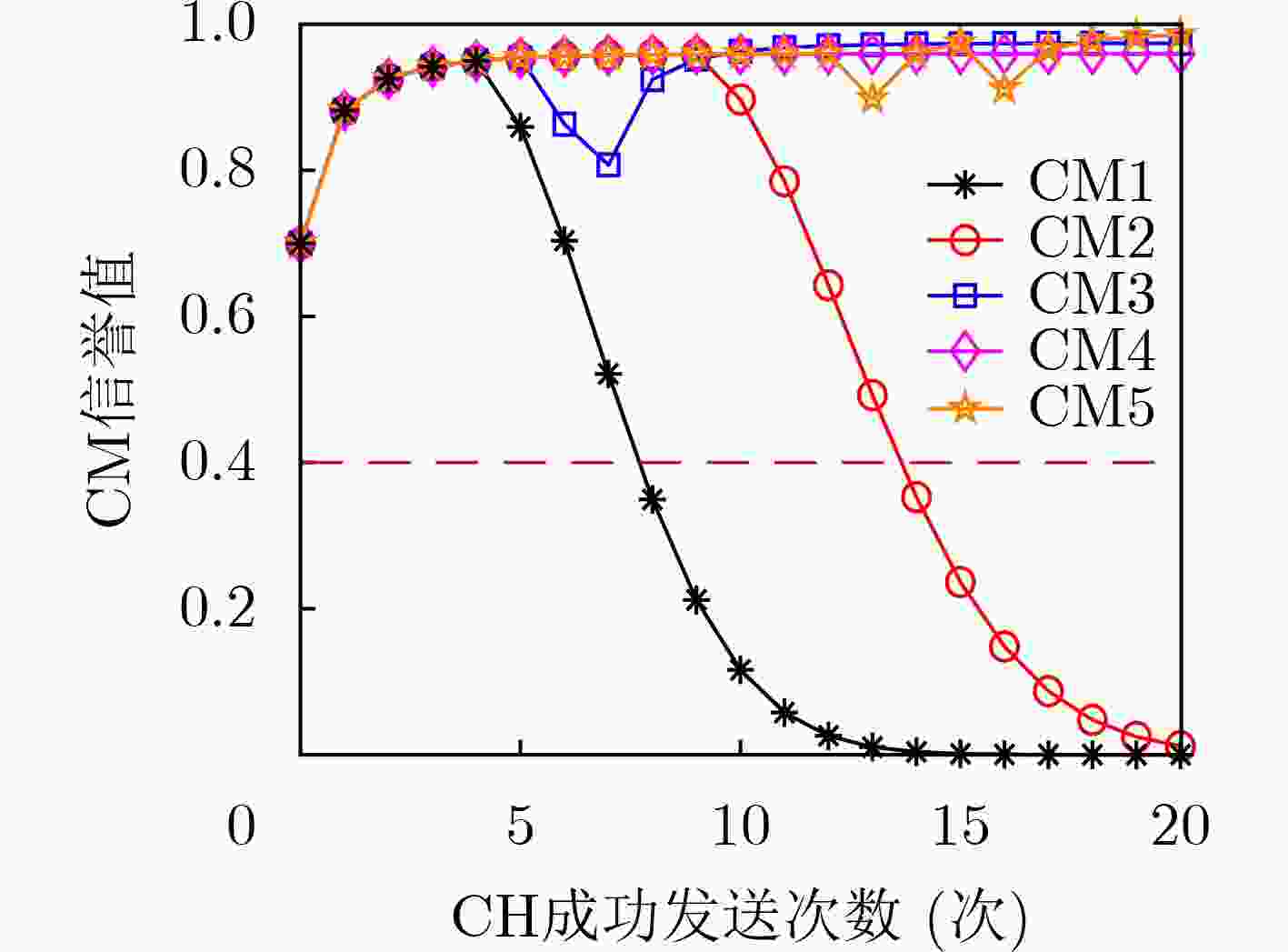
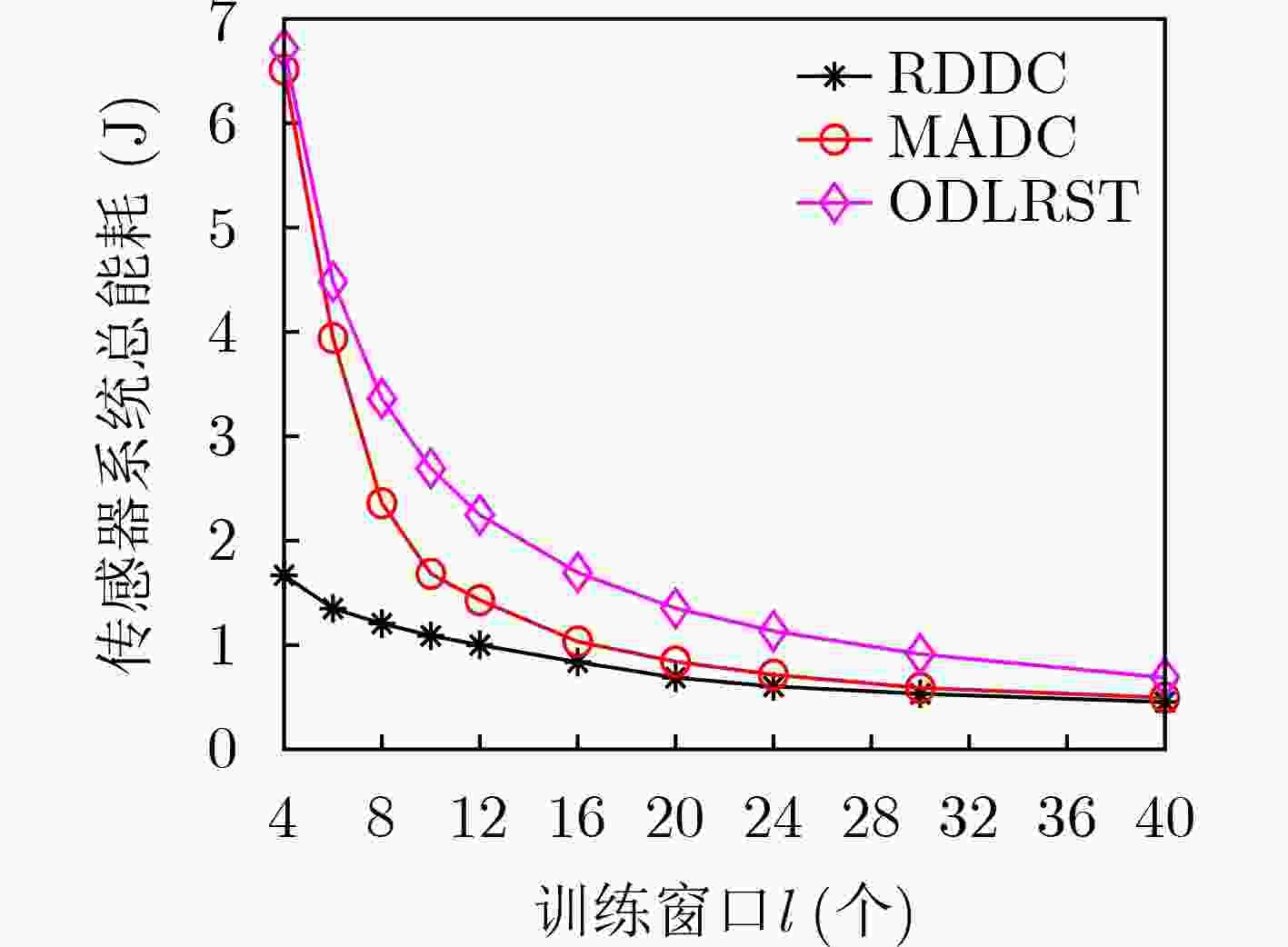

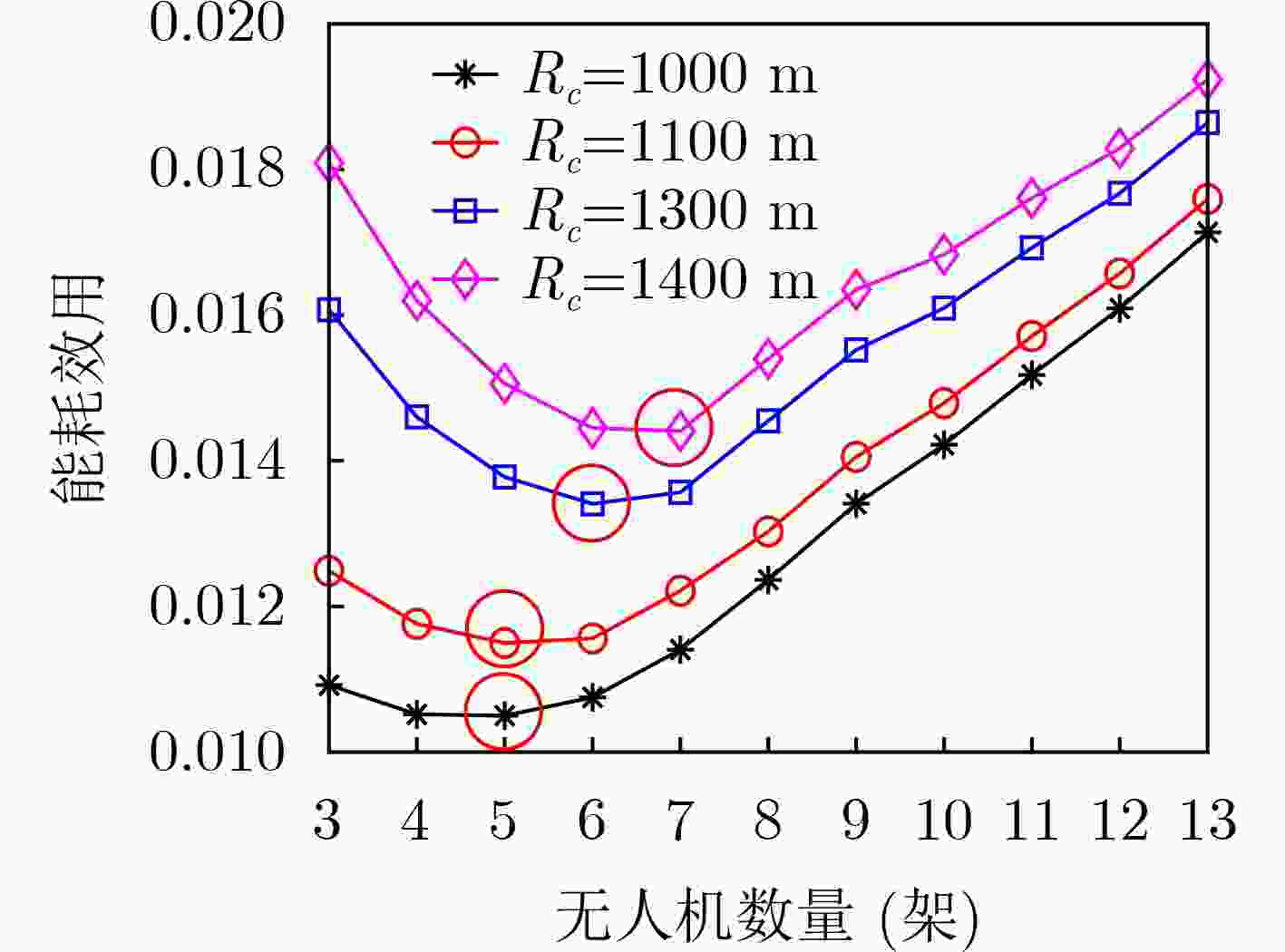
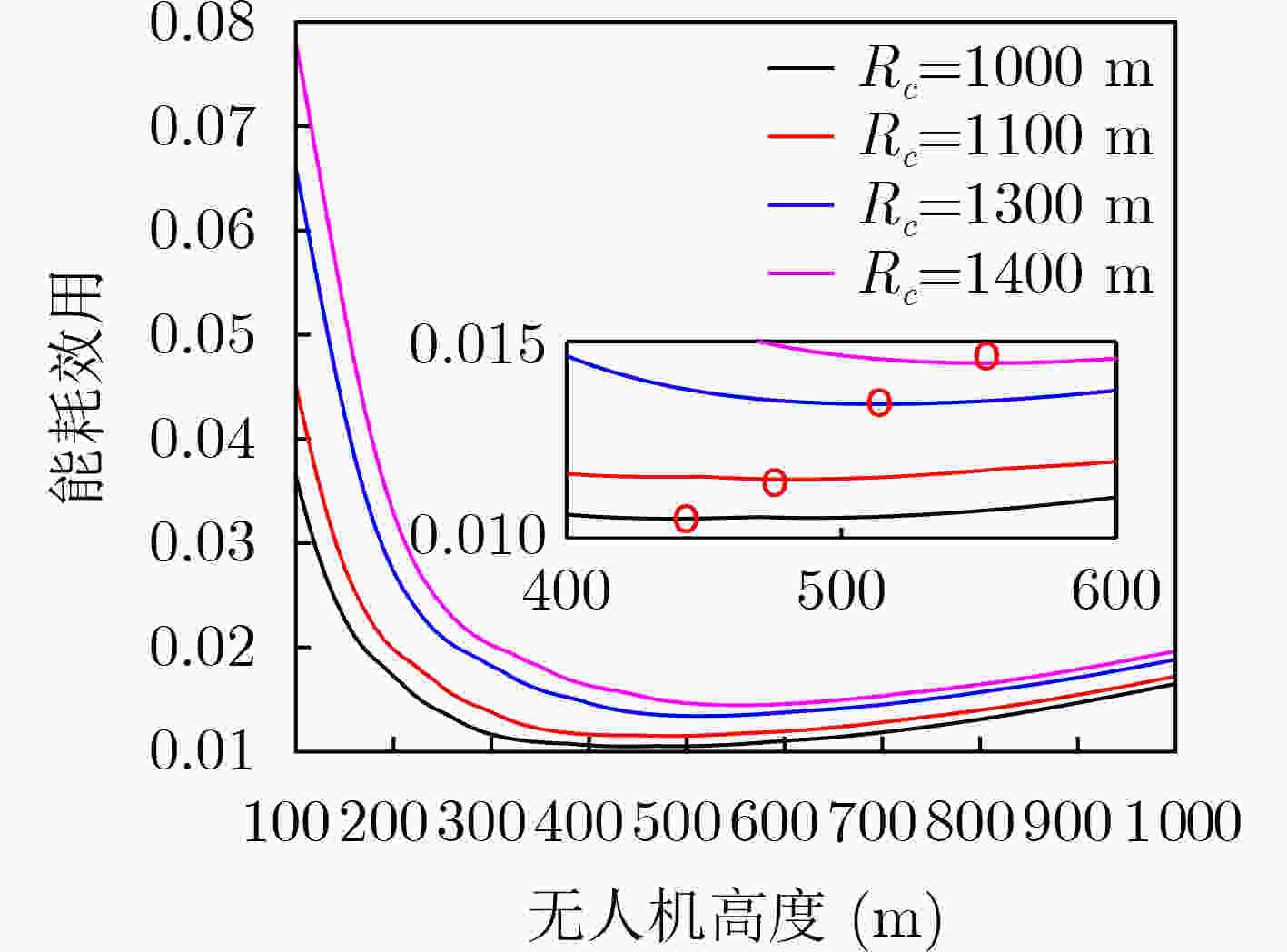
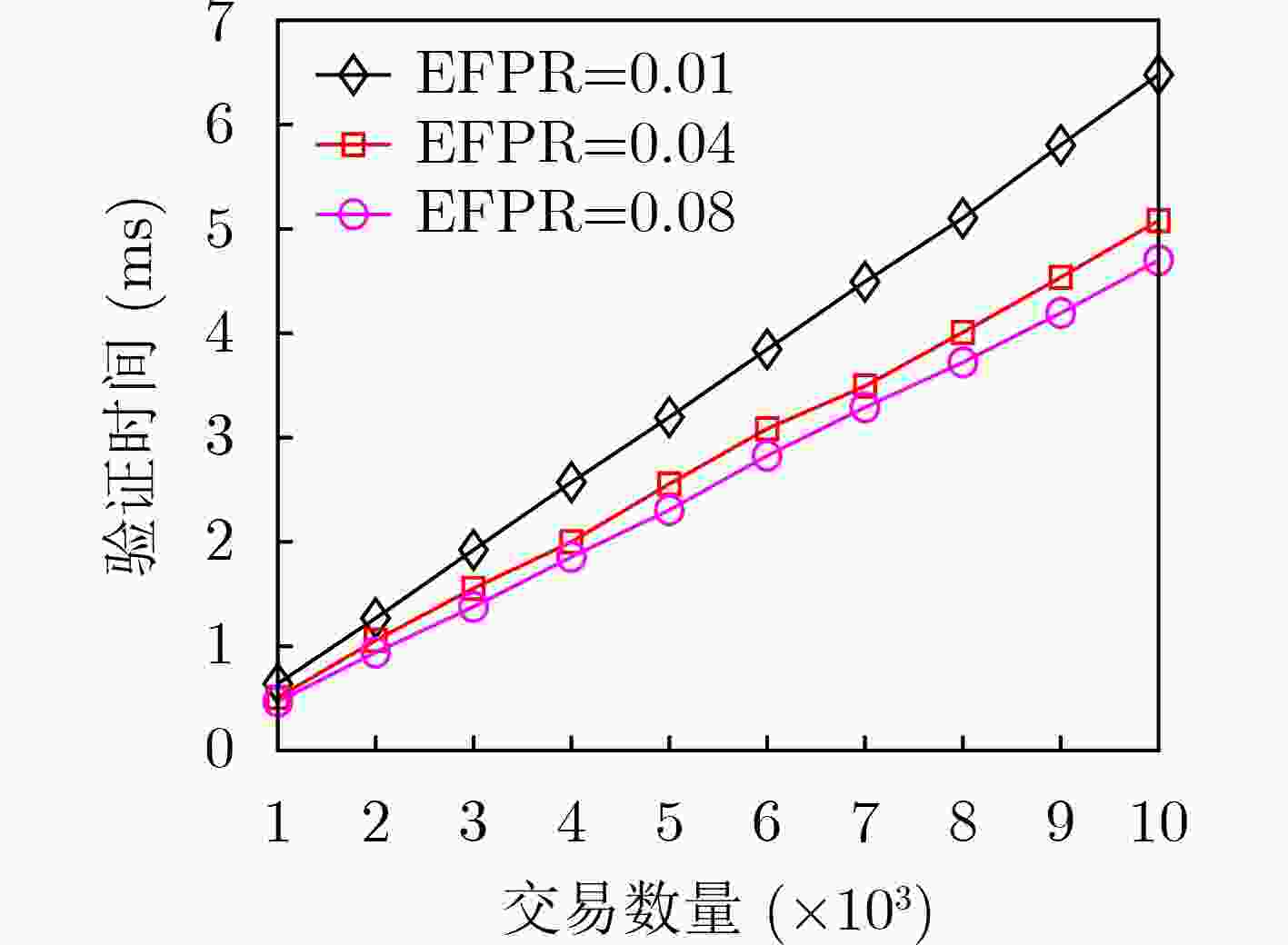
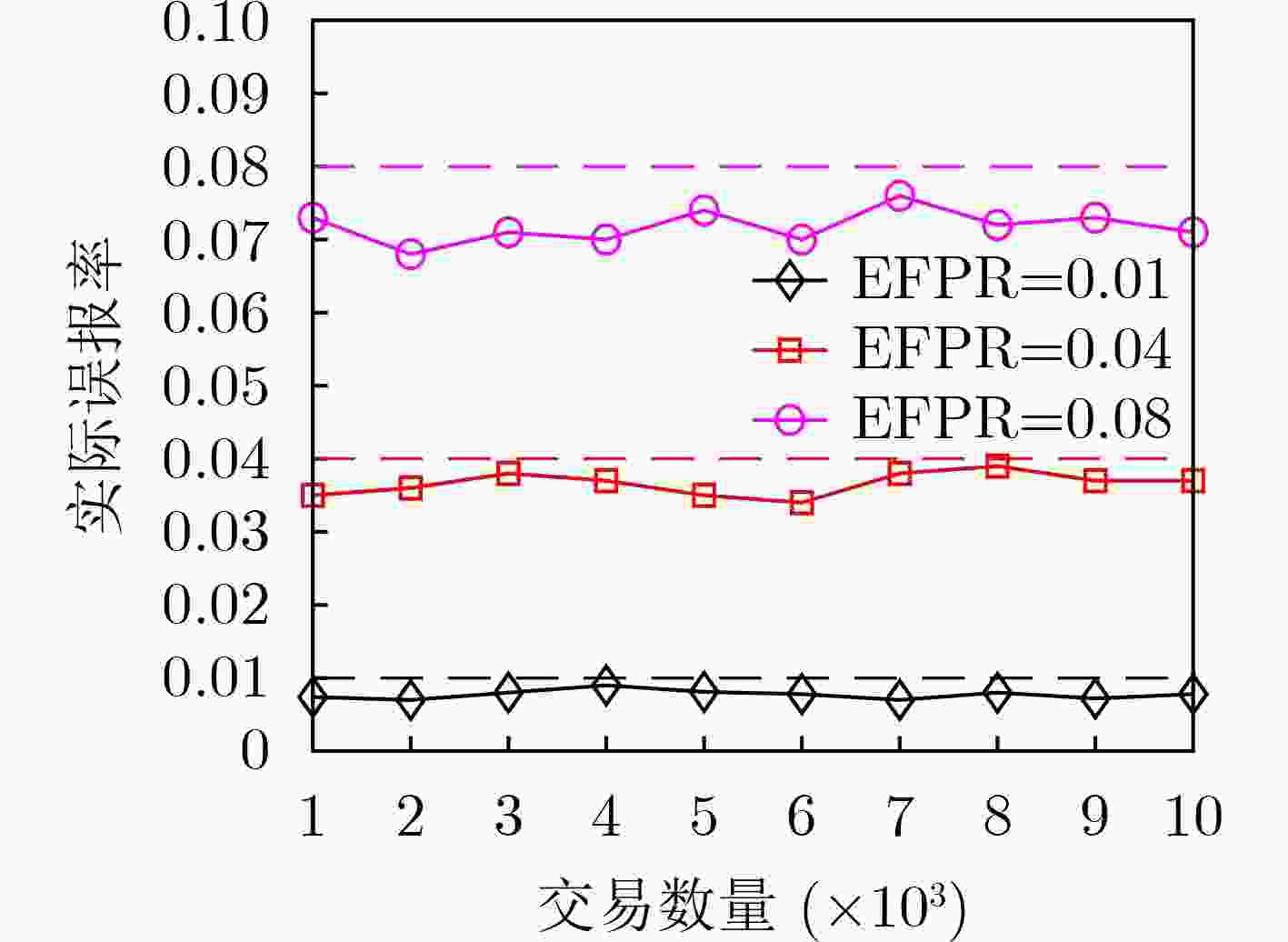



 下载:
下载:
